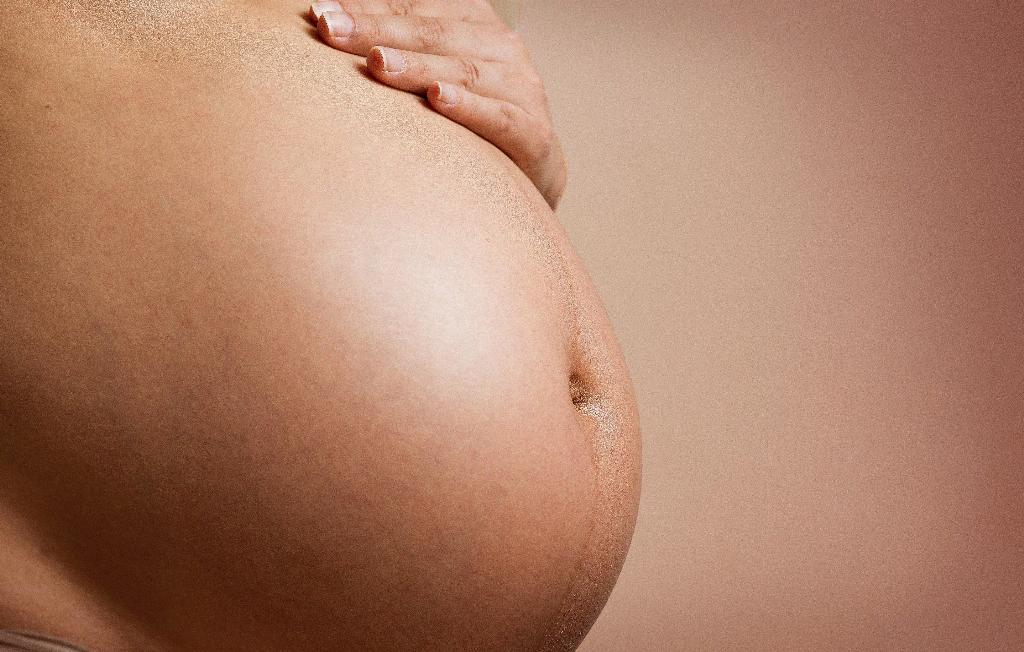Assisted Reproductive Technology, commonly known as ART, is a crucial medical process used to treat infertility in couples who are struggling to conceive. This innovative technique encompasses a range of fertility treatments that involve handling both eggs and sperm outside of the body to achieve a successful pregnancy.
One of the primary procedures involved in ART is the extraction of eggs from the ovaries of the female partner. This process, known as egg retrieval, is typically conducted under sedation to ensure minimal discomfort for the individual undergoing the treatment.
Following the retrieval of eggs, they are then fertilized with sperm in a laboratory setting. This fertilization process can involve various methods such as in vitro fertilization (IVF) or intracytoplasmic sperm injection (ICSI), depending on the specific circumstances of the couple undergoing treatment.
Once the eggs have been fertilized and develop into embryos, they are carefully monitored for quality and viability before being transferred back into the uterus of the female partner. This embryo transfer procedure aims to facilitate implantation and ultimately lead to a successful pregnancy.
It is important to emphasize that ART is not a singular treatment but rather a comprehensive approach to addressing infertility that considers the specific needs and challenges faced by each couple. From initial consultations and diagnostic tests to the actual procedures involved in the treatment, ART requires a tailored and personalized approach for optimal outcomes.
One of the key advantages of ART is its ability to overcome various forms of infertility, including issues related to sperm quality, egg quantity, tubal factors, and ovulatory disorders. By leveraging advanced techniques and technologies, ART offers hope to couples who may have previously felt discouraged or disheartened by their struggles to conceive.
While the success rates of ART can vary based on individual circumstances, advancements in reproductive medicine have significantly improved the chances of achieving a successful pregnancy through these innovative treatments. It is essential for individuals considering ART to consult with fertility specialists and healthcare providers to explore the most suitable options for their specific needs.
Furthermore, the emotional and psychological aspects of undergoing ART should not be underestimated, as the journey towards building a family through assisted reproduction can bring about a range of feelings and challenges for couples. Open communication and support networks play a vital role in navigating the complexities of infertility treatment.
In conclusion, ART represents a beacon of hope for individuals and couples grappling with infertility, offering a pathway towards realizing their dreams of parenthood. By harnessing the power of science and technology, ART continues to revolutionize the field of reproductive medicine and provide new possibilities for those seeking to expand their families.

